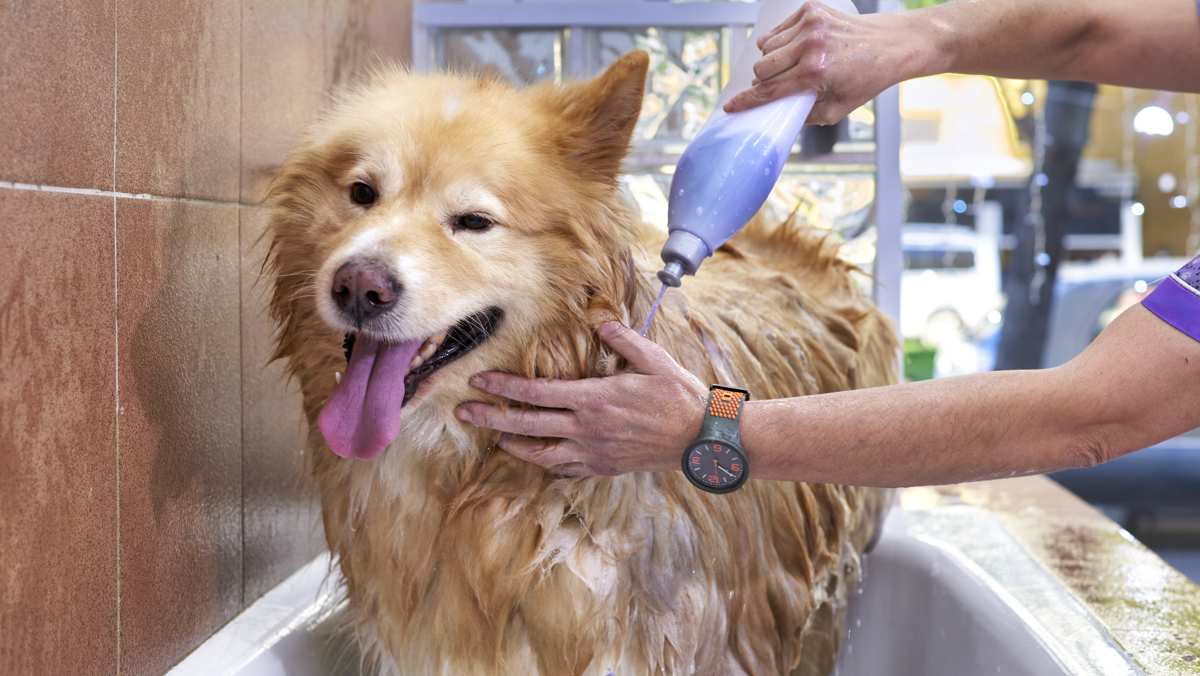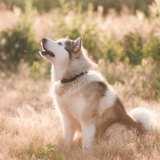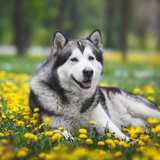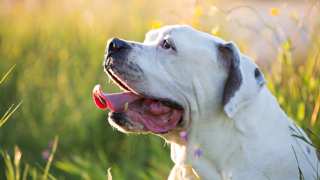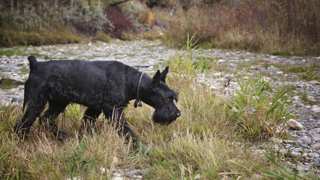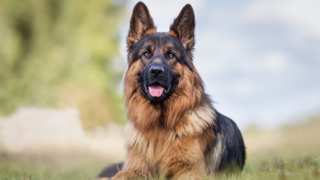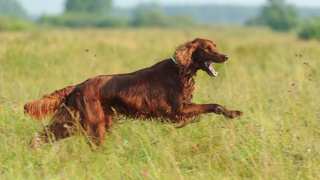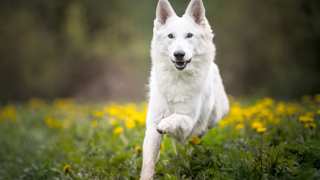Unfortunately, for the Alaskan Malamute tangles and mats can be a fairly common issue. This is especially the case during shedding season, when dead hairs from the undercoat get tangled up in the long, thick guard hairs of the outer coat. Whether it's shedding season or not for your Mal, though, the best defense against tangles is consistent brushing!
One school of thought is to remove the hairs that cause tangles in the first place. A lot of owners do this by using undercoat rakes or de-shedding tools. It is true that with a tool like a Furminator, Malamute dogs will shed less--and in turn, their coats are less likely to develop tangles.
The problem with using rakes and de-shedding tools is that they often remove healthy hairs along with the dead ones, which can leave the coat looking uneven. So if your Mal's coat does get a tangle, the best way to remove it is with your fingers. This method, while more difficult and time-consuming, is the preferred one because it's less damaging to the coat.
Once you locate a tangle, use your thumbs and forefingers to separate the hairs, going one strand at a time if necessary. If you like you can spray the snarl with de-tangling solution beforehand to lubricate the hairs. For extra-stubborn tangles, use scissors to cut it in half (or even fourths) to get the untangling process started.
If the tangle is impossible to undo, the only option is to cut it out with scissors--but this should be a last resort.
